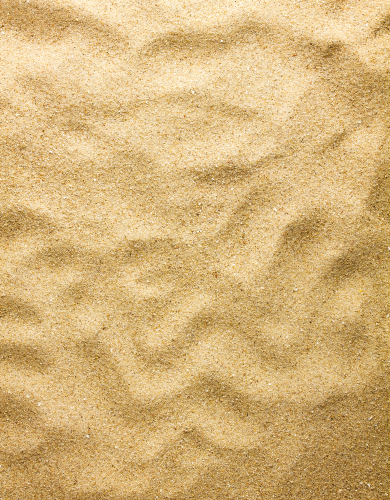
The findings, published in Applied and Environmental Microbiology, refute the conventional wisdom that the mineral deposits interfere with microbial colonization of the sand particles.
"We find an overwhelmingly positive effect of mineral deposits on microbial activity and density," said corresponding author Barth F Smets, of the Technical University of Denmark, Lyngby.
Mineral coating develops on the filter grain surface when groundwater is treated via rapid sand filtration in drinking water production. The coating certainly changes the physical and chemical properties of the filter material, but little is known about its effect on the activity, colonization, diversity and abundance of microbiota.
Mineral coating
Until now, rapid sand filters have been a bit of a black box, said the paper’s first author, Arda Gülay,one of Smets' graduate students.
"In rapid sand filters, a combination of chemical, biological, and physical reactions help in the removal and precipitation of the impurities – iron, manganese, ammonia, and methane, for example," he said. In time, the sand filter grains become coated with minerals, much of which the system managers remove, periodically, via backwashing.
The minerals form a honeycomb-like matrix around the sand particles. "Bacterial cell density in these structures can be very high, and can be boosted further when extra ammonium is provided," says Smets. The bacteria are normally engaged in removal of ammonium, manganese, and other impurities from the groundwater.
In fact, during the investigation, the ammonium-removal activity increased as the mineral deposits grew. "These positive mineral-microbe interactions suggest protective and supportive roles of the deposits," says Smets. The investigators also measured a high diversity of ammonium and nitrite-oxidizing species.
Unique discoveries
Early on, the researchers discovered an unexpected positive correlation between the number of bacteria, and the degree of mineral coating of the sand particles, says Smets. "This was deemed worthy of further investigation, but we thought it would be a high risk effort. It was not until we saw actual cross sections of the mineral phases, which clearly reveal microbial cell like structures inside the deposits that we became aware of the unique discoveries we were making."A major question the research raises is whether the microbes influence the development of the microporosity, or simply take advantage of it, says Gülay. Either way, it could lead ultimately to steering the mineralization to create micro-structures designed to house microbial cells to perform specific functions.
The manuscript can be found online here.






